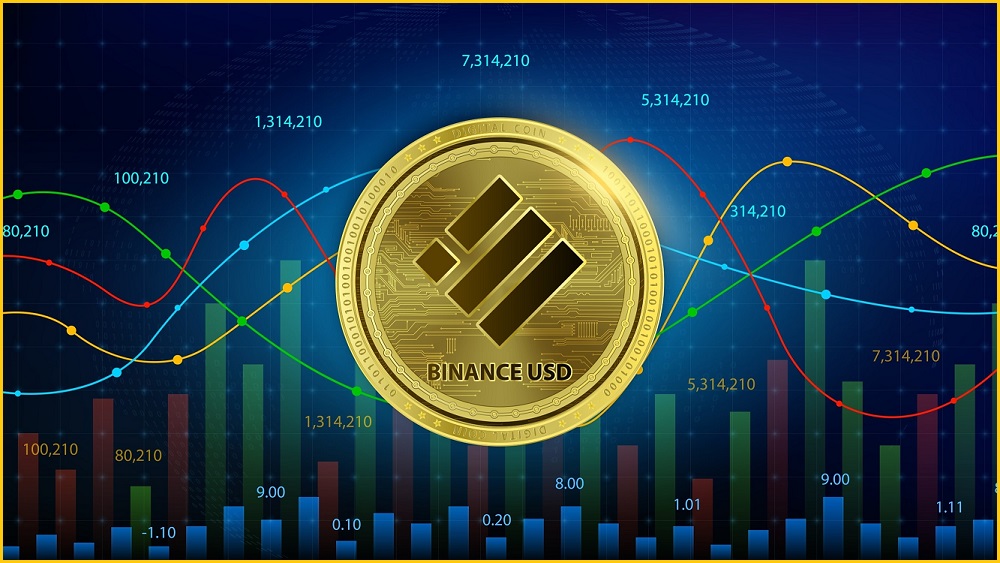A new cloud of uncertainty is hanging over the crypto ecosystem after US regulators stepped in and ordered the company in charge of the Binance USD (BUSD) stablecoin to stop issuing tokens.
Since 2019, the world’s biggest crypto exchange Binance has been offering a branded US dollar stablecoin in partnership with blockchain company Paxos.
Now the US Securities and Exchange Commission (SEC) and the New York State Department of Financial Services (DFS) have BUSD in their sights with the former telling Paxos it is preparing a lawsuit that claims BUSD is an unregistered security, and the latter ordering Paxos to “cease minting” its stablecoin.
The DFS said it issued the notice “as a result of several unresolved issues related to Paxos’ oversight of its relationship with Binance”.
Paxos said it “will end its relationship with Binance for the branded stablecoin BUSD” from 21 February.
But the company is pushing back on impending legal action from the SEC, claiming BUSD “is not a security” and shouldn’t be treated as such.
Given the Binance’s dominance – solidified when it helped topple rival FTX last year – BUSD has grown to be one of the largest crypto assets with a market capitalisation of $23 billion (US$16 billion) prior to this week. It has since dropped to $20 billion (US$14 billion).
Rival stablecoin provider Tether’s USDT has profited by the action against BUSD, growing by over $1.4 billion (US$1 billion) as investors leave the sinking BUSD ship.
Stablecoins are a common on and off ramp connecting fiat currency and the crypto world.
Because their price is tied to the value of an asset – like the US dollar – they are intended offer a sense of stability in the otherwise volatile crypto market.
Stablecoins can be either algorithmic, as was the case with the Terra/Luna collapse last year, or backed as Paxos and Tether (operator of USDT) claims theirs are.
Backed stablecoins effectively offer a promise to the token holder that they could redeem every token for an equivalent sum from the company’s reserves.
Owning one BUSD entitles you to US$1, for example, but the nature of these reserves is a common source of scepticism.
Australian banks ANZ and NAB have created stablecoins for large investors and business customers to plug into the crypto ecosystem, showing signs of larger mainstream interest in crypto. Banks are a natural source of stablecoins given their existing reserves.
In its latest financial stability review, the Reserve Bank of Australia (RBA) spoke about how stablecoins play a role as the bridge between traditional money and crypto assets.
But the RBA warned that the growing size of stablecoins is a source of risk for the financial system, particularly if the equivalent of a bank run occurs.
“A run on a stablecoin – triggered by, for example, a price fall, rumours of instability or concerns about underlying asset quality – could impair the functioning of short-term funding markets if it resulted in large asset sales,” the RBA said.
It added that banks that issue their own stablecoins, like ANZ and NAB, could be risking their “liquidity management and operational resilience” which may have flow-on effects for customers and payments systems if a contagious run situation occurred.
Regulators are being extra cautious of that bridge between crypto and traditional capital, given the instability shown by the fall of FTX.
Treasury is currently undergoing a review with the intention of better capturing crypto assets into Australia’s existing financial services regulations.










